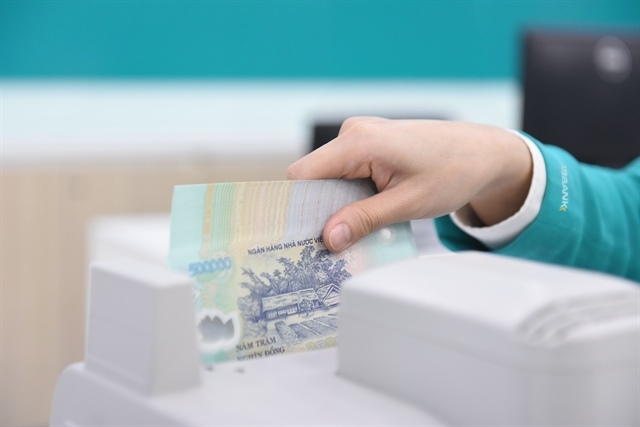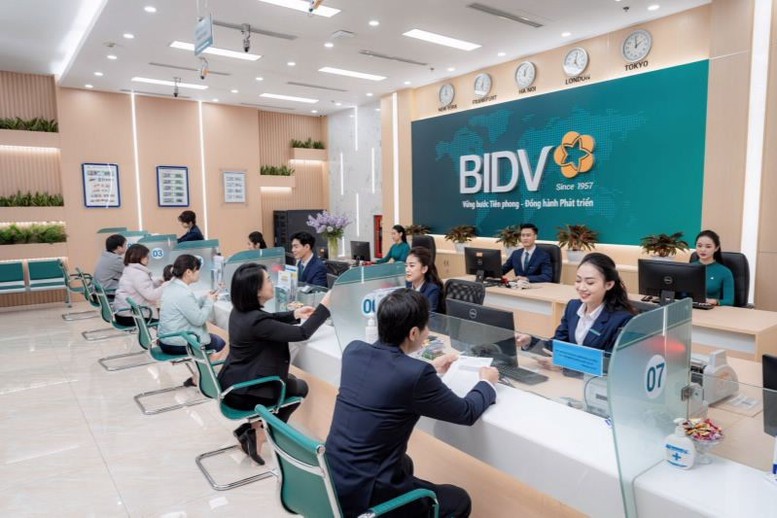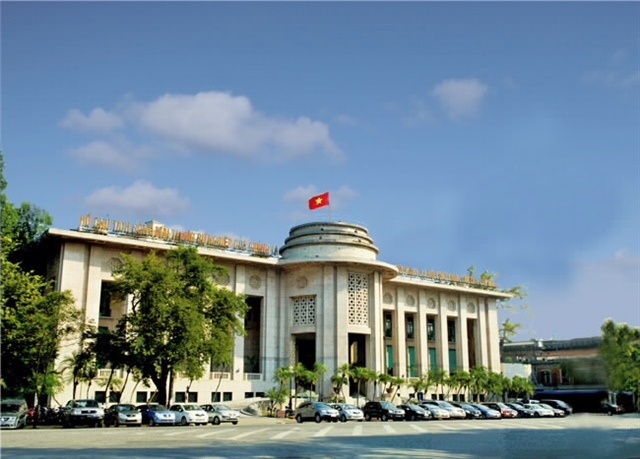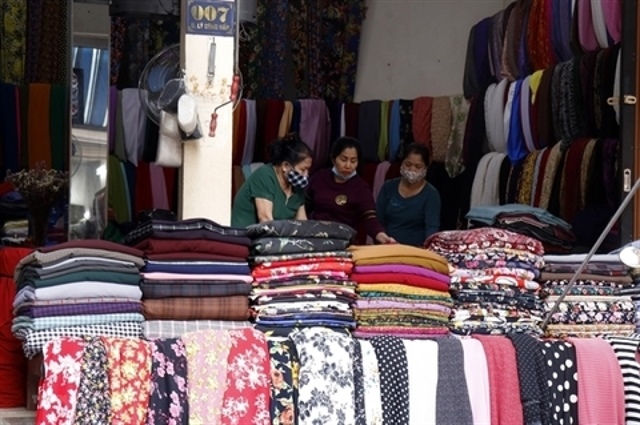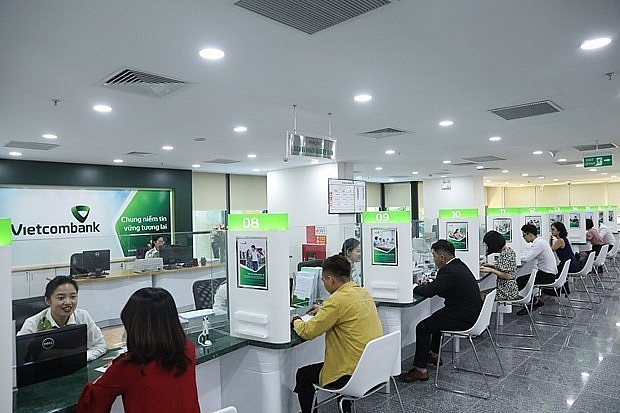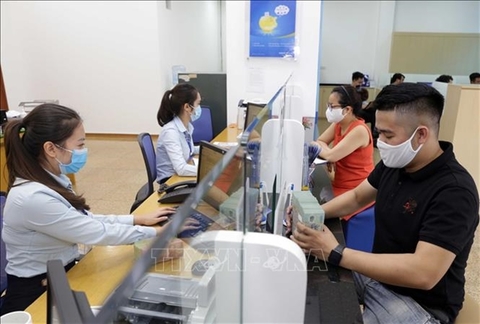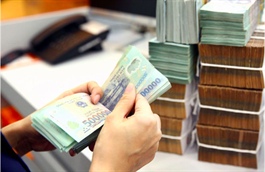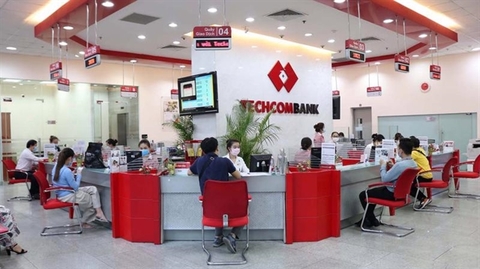Bank interest margins under pressure due to high inflation
Bank interest margins under pressure due to high inflation
Experts forecast that bank net interest margins (NIM) will decline as inflation rises next month.
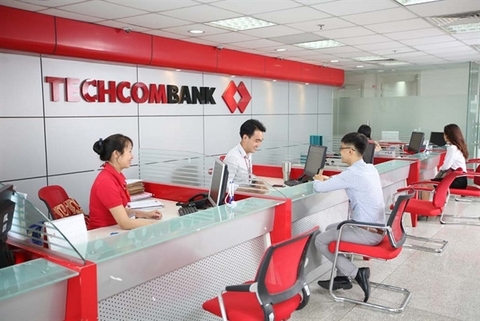
Viet Nam's consumer price index in the first five months of the year edged up 2.25 per cent year-on-year while core inflation rose by 1.1 per cent, according to the General Statistics Office (GSO).
Experts are concerned it will be difficult for the country to meet the Government's inflation target of 4 per cent this year due to increasing prices of oil and basic commodities in the wake of the war between Russia and Ukraine.
A Viet Dragon Securities Corporation (VDSC) representative told Viet Nam News the oil market was continually overheating after reaching US$102 per Brent oil on average in the first five months of 2022, up 62 per cent from the same period last year. VDSC's analysts forecast two scenarios for the country's inflation this year.
"In the positive scenario, if the oil price remains at around $120 per barrel in the remaining months of the year, the product's price will average at $113 per barrel in the whole of 2022, up more than 60 per cent against 2021. At the oil price level, we forecast Viet Nam's inflation will be 4.5 per cent in 2022 as transportation cost will make up 2 percentage points to the country's inflation rate," the representative said.
"However, in the pessimistic scenario, inflation will reach 5 per cent if the gasoline price hits a record high of $150 per barrel as in 2008."
According to Nguyen The Minh, analysis director of Yuanta Vietnam Securities Company's individual customer division, rising inflation will directly affect banks as they have to raise deposit interest rates to make them higher than the rising inflation rate to attract depositors and compete against other investment channels such as real estate and securities.
Meanwhile, banks cannot raise the lending interest rate correspondingly or even have to keep the rate unchanged to support the economic recovery as directed by the central bank.
The move will affect banks' NIM and profit growth adversely, Minh said.
Tran Thi Khanh Hien, analysis director of VNDirect Securities Company, forecast a declining trend in banks' NIM, explaining it would be difficult for banks to cut saving rate despite a stable lending rate as they still have to lure deposits to ensure liquidity and meet the central bank's requirement on capital adequacy ratio.
Industry insiders are also concerned as bank profits currently rely on about 70 per cent of credit. A decrease in NIM, therefore, will affect profits.
Deposit interest rates are under increasing pressure due to rising inflation and stronger-than-expected credit growth.
By the end of April, the Vietnamese dong interest rates traded between banks on the interbank market declined by 0.5-0.7 percentage points per year but increased again in early May 2022. Specifically, the interbank interest rates in early May 2022 were 0.1-0.4 percentage points per year higher than the rates at the end of April on short terms of less than one month.
Not only small-sized banks, but large-sized banks, which previously always kept deposit interest rates at very low levels, have recently also adjusted their rates up as a move to increase the competition in attracting depositors.
Techcombank, for example, has recently increased its savings rate by 0.3-0.45 percentage points per year, lifting the highest rate at the bank to 6.5 per cent per year. The surge was the bank's strongest interest rate adjustment in more than six months. In previous adjustments, Techcombank's rate usually increased slightly by about 0.1-0.2 percentage points.
Tran Duc Anh, director of the KBSV Securities Company's Macroeconomics and Market Strategy Division, forecasts that interest rates for long-term deposits of large-sized banks will increase by about 0.5 percentage points.


